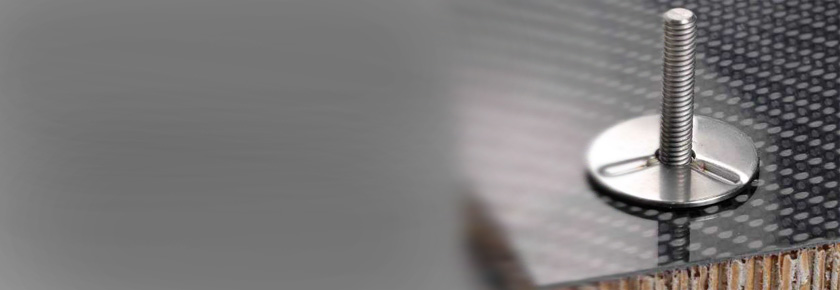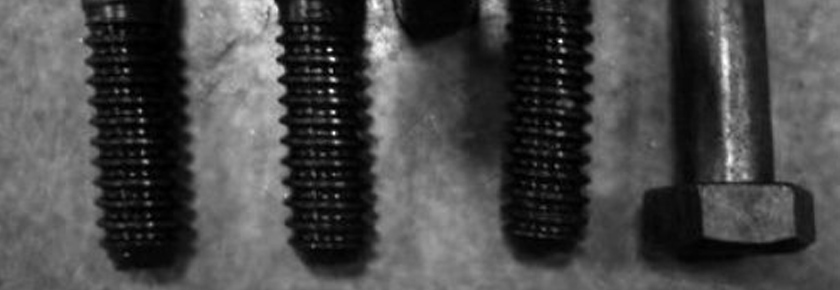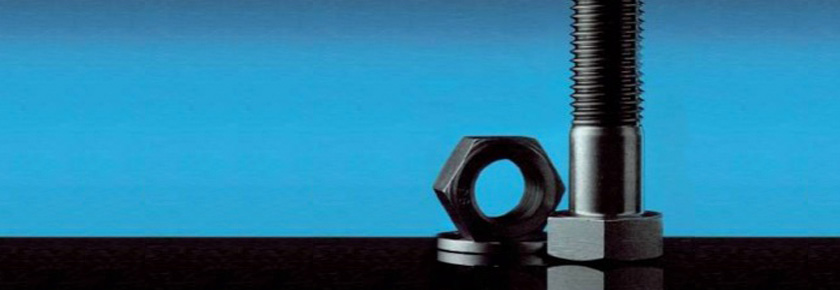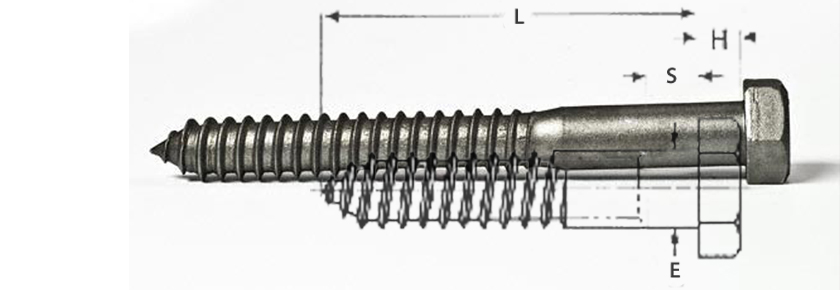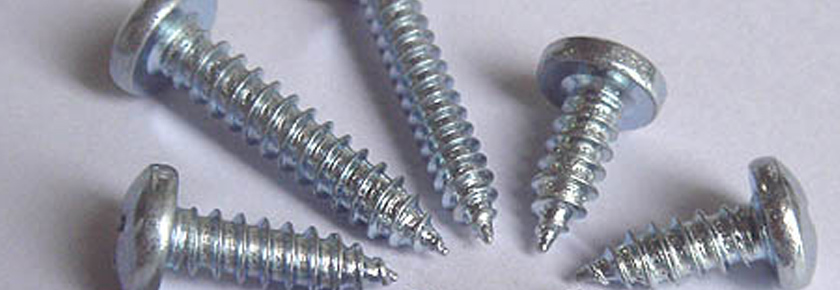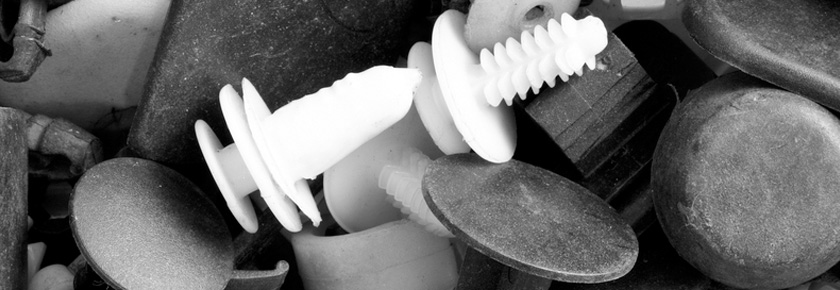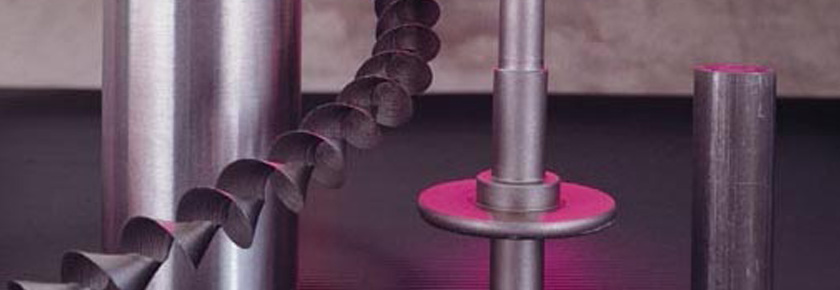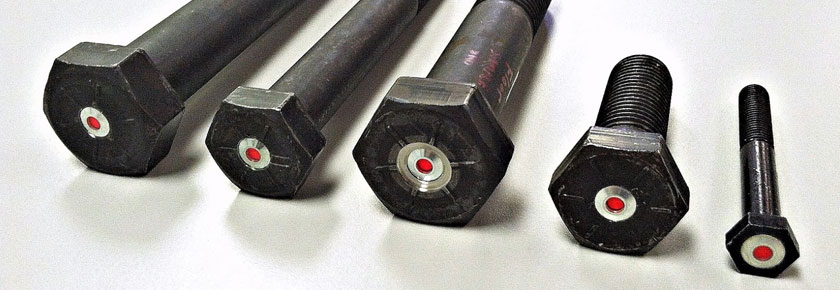A Lag screw – also referred to as a lag bolt or coach screw – is an extremely durable, high-strength type of fastener – in fact, one of the toughest fasteners. Most often made from steel and stainless steel, Bossard offers lag screws that are zinc-coated or hot dip galvanized. Both types of coatings provide corrosion protection.
Lag screws are only available with hex heads which improve grip and provide excellent torque transfer when tightened with a ratcheting socket or wrench. Lag screws are much larger than typical wood, self-drilling, or sheet metal screws. At a minimum, lag screws are one-inch long and ¼-inch thick.
These extremely sturdy fasteners are usually used to connect heavy lumber or other heavy materials that are bearing an intense load. However, they can also be used on composite materials, stone, concrete, and certain types of metal. A common outdoor application has lag screws being used for composite decks.
So, what other differences are there between a typical wood screw versus a lag screw? More importantly, how are lag screws used?
Wood Screws VS Lag Screws
These screws differ from normal wood, self-drilling, or sheet metal screws. Compared to most ordinary screws, lag screws are massive in size. Most lag screws are at least one inch long and ¼-inch thick.
A wood screw is a common fastener used to connect two pieces of wood. Wood screws have a coarse thread which makes them ideal for self-starting applications. However, the thread does not run the entire length of the screw.
Wood screws are used when connecting an application with only wood materials. These wood screws boast coarse threading, but that threading does not encompass the length of the screw. Normal wood screws thread as they enter the wood, whereas lag screws require a hole to be drilled first.
Lag screws also use a nut to add extra strength and security to help hold things together. Used for intense load applications, lag screws can support a much heavier load than the average sheet metal or wood screw.
For More Screw Options, Shop Here
How Are Lag Screws Installed?
Lag screws are also only available with hex heads while more common wood and sheet metal screws are available in multiple head types. With the sole option of a hex head, installation of the screw will require a nut driver or ratchet. A right driver bit and a power drill can be used to finish the tightening of the lag screw. The hex-head lag screw is designed that way since hex-headed fasteners are made to hold up in applications where a lot of torque is necessary. Lag screws have sharp lead thread points and are available in Steel/Zinc, Stainless Steel, and Steel/Hot Dip Galvanized.
Here are the steps involved in using lag screws to support heavy loads for large pieces of wood, lumber, or composite wood materials.
1. Select Your Lag Screw
Your lag screw length should be ¼ to ½-inch shorter than the total width of the two materials you’re joining together.
2. Align the Wood or Composite Wood Substitutes
Once you’ve selected the ideal length, you’ll need to align the material with a clamp. If needed, use two clamps to ensure the two pieces of lumber or composite are properly aligned and tight.
3. Drill Pilot Hole
Once everything is secure, drill a pilot hole using a bit with a slightly smaller diameter than the lag screw that will be used. When drilling the hole, make sure to drill through the area where the screw will eventually be.
4. Drill Countersink – Optional
This fourth step is optional. While the hex head of the lag screw helps improve torque transfer, its head is unable to lie flush against the wood. This isn’t a problem if you’re installing lag screws on posts. However, it can be unsightly in other applications.
If you want the lag screw to be flush with the wood, then you’ll need to drill a countersink. This is especially beneficial if you decide to cover the countersink hole with some wood filler to hide the lag screw.
5. Apply Lag Screw and Cover (Filler or Wood Plugs)
A ratchet socket is the best tool for applying a lag bolt. Its long handle is a more ergonomic solution to applying the torque to the required bolt. If you’ve drilled a countersink, then you’ll simply torque the lag screw down past the countersink.
If you want to hide the lag screw, then you can create some wood plugs to fill the countersink hole or use a wood filler or ready patch.
Final Notes
A right driver bit and a power drill can be used to finish the tightening of the lag screw if you choose not to use a wrench or ratchet socket. The hex-head lag screw is designed that way since hex-headed fasteners are made to hold up in applications where a lot of torque is necessary.
For more information about lag screws, their uses, or how to install them, contact us at ProvenProductivity@bossard.com.
EMAIL US
August 19, 2014
Read More

